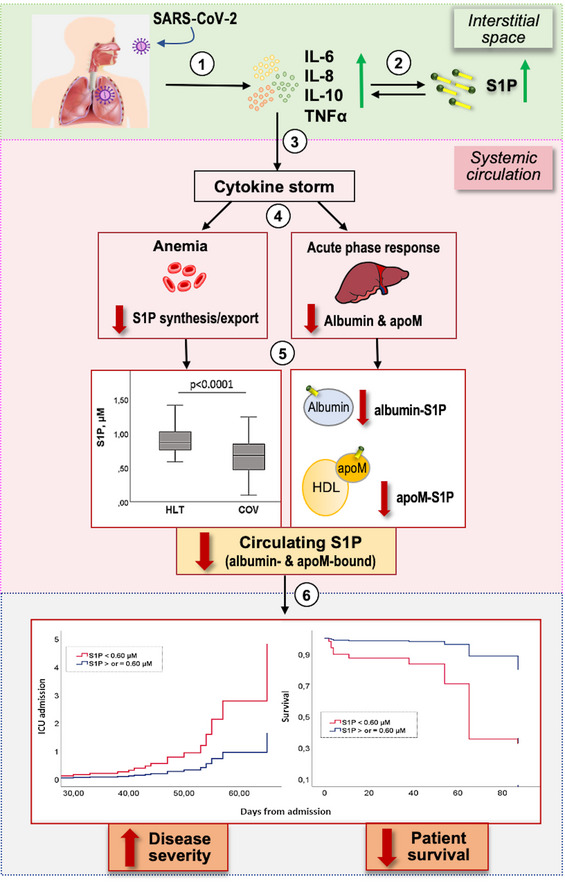Figure 6. Overview of the proposed mechanisms underlying S1P involvement in COVID‐19 pathophysiology and severity.

After SARS‐CoV‐2 infection, a local inflammation occurs, with increased pro‐inflammatory cytokines (1). This promotes an interstitial increase of S1P, which in turn potentiates cytokine secretion by different cells (2). The exuberant local cytokine levels result in a systemic cytokine storm (3). This gives on to different alterations (4), including anemia (with impaired S1P synthesis/export) and acute‐phase response in the liver (with decrease in the negative acute‐phase proteins albumin and apoM, which act as S1P transporters). These alterations lead to a progressive drop of circulating S1P, with decrease in both apoM/S1P and albumin/S1P (5). The reduction of S1P in the systemic circulation correlates with COVID‐19 severity and patient outcome (6).
